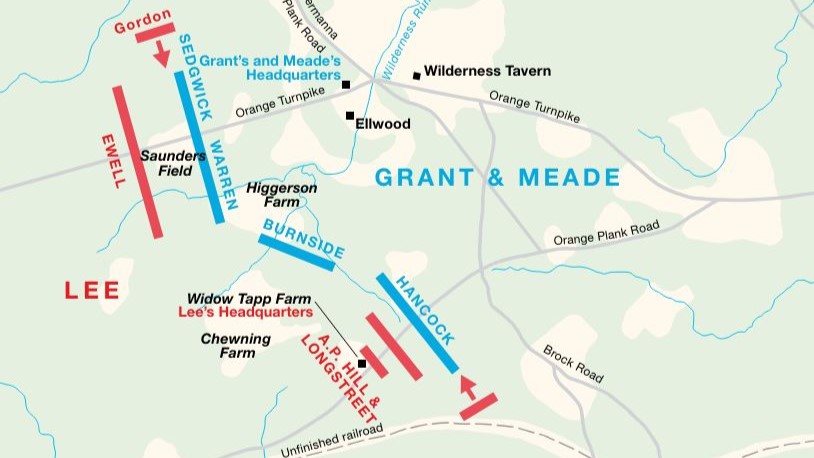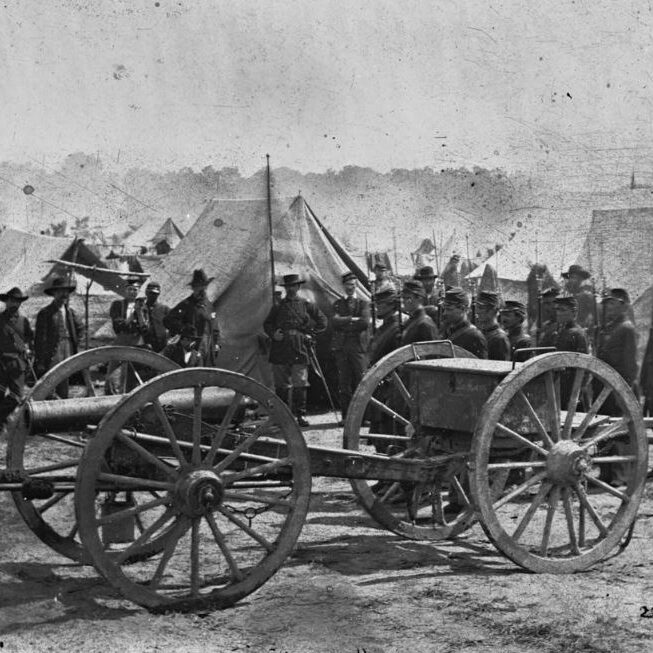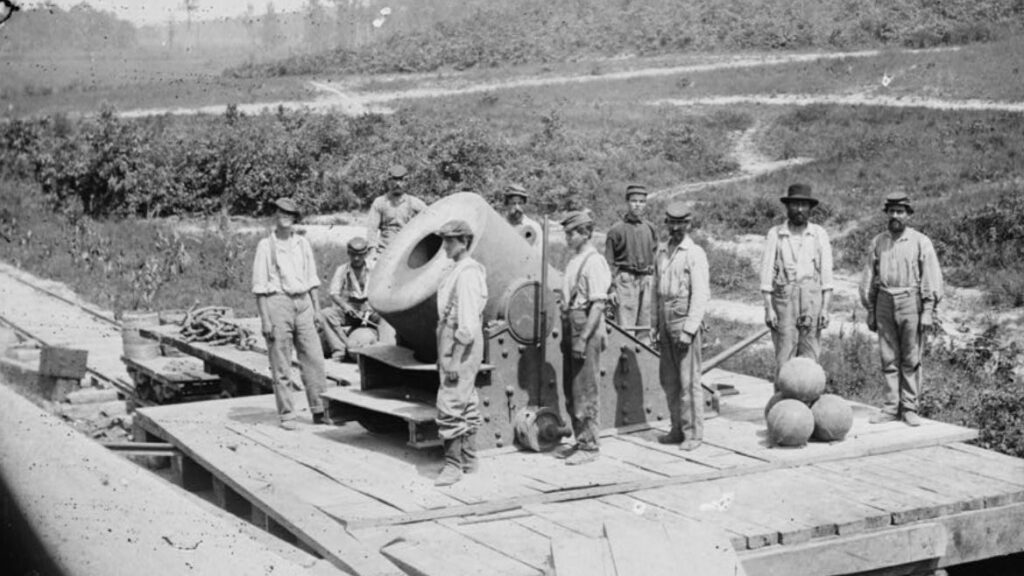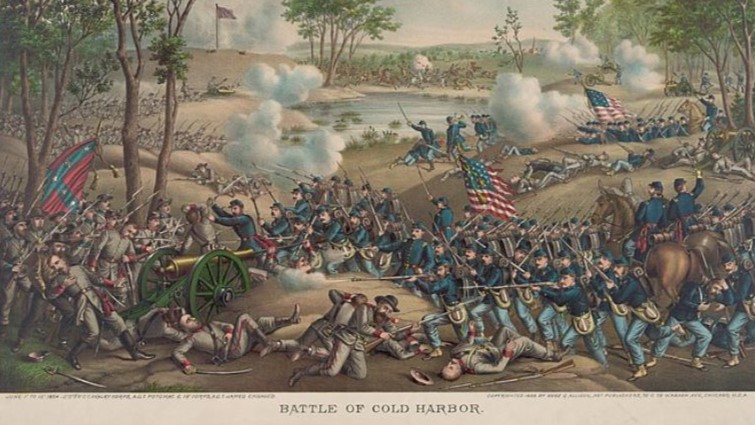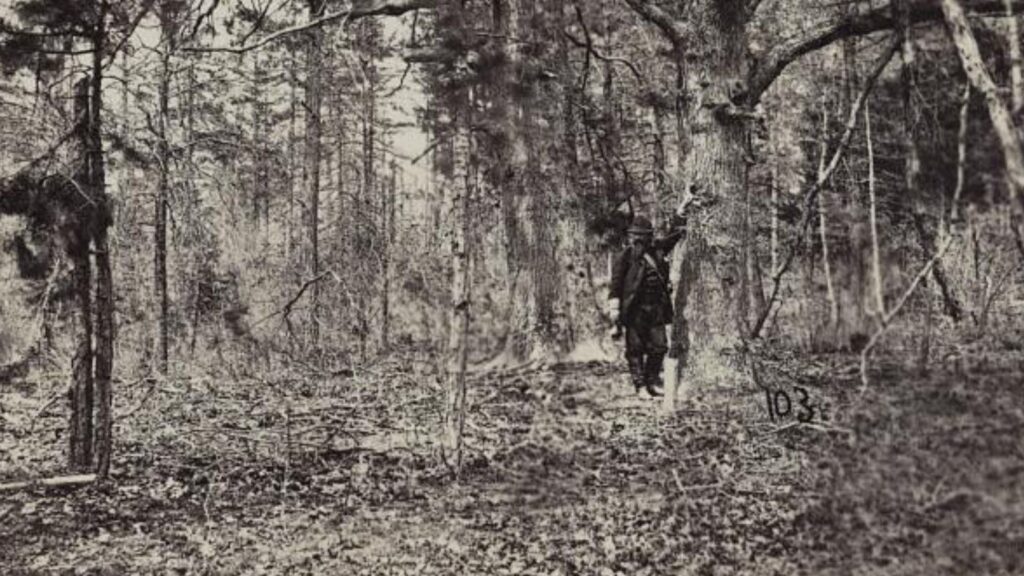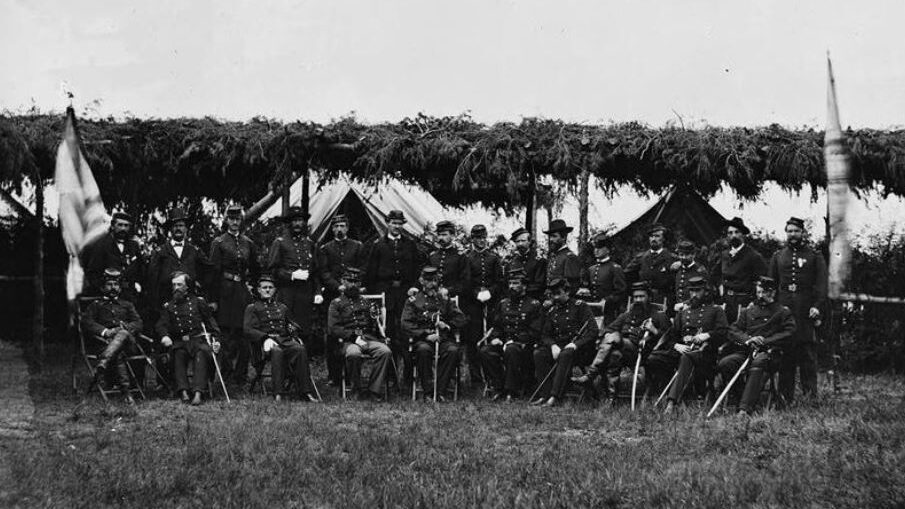The Overland Campaign was a pivotal series of battles that raged across Virginia in the spring of 1864. This campaign pitted Ulysses S. Grant’s Union forces against Robert E. Lee’s Army of Northern Virginia.
This brutal campaign marked a new era of relentless offensive action aimed at destroying the Confederacy’s most formidable army through a war of attrition. The clashes at the Wilderness, Spotsylvania, North Anna, and Cold Harbor inflicted staggering casualties on both sides yet proved indecisive.
In this article we explore the 10 Frequently Asked Questions about the Overland Campaign to uncover the objectives, strategies, key engagements, and lasting significance of this transformative campaign that paved the way for the eventual fall of Richmond and surrender at Appomattox in 1865.
- 1. What was the Overland Campaign?
- 2. What was the objective of the Overland Campaign?
- 3. What were the major battles of the Overland Campaign?
- 4. Who won the Overland Campaign?
- 5. What were the casualties in the Overland Campaign?
- 6. Why was the Overland Campaign significant?
- 7. How long did the Overland Campaign last?
- 8. What was Grant's strategy in the Overland Campaign?
- 9. How did the Overland Campaign end?
- 10. Why was the Overland Campaign called the "Wilderness Campaign"?
- Further Reading
1. What was the Overland Campaign?
The Overland Campaign was a series of major battles fought in Virginia during May and June of 1864 between the Union Army of the Potomac.
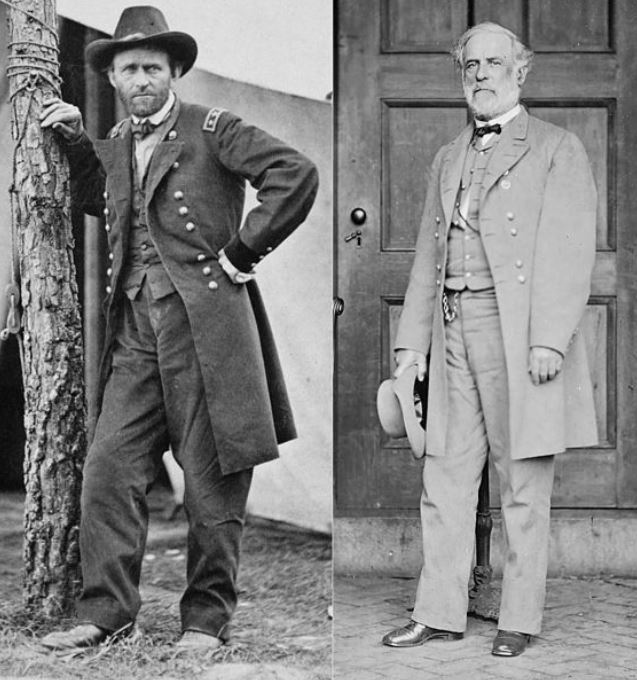
This campaign was led by Lieutenant General Ulysses S. Grant, and the Confederate Army of Northern Virginia, commanded by General Robert E. Lee.
It marked a significant shift in Union strategy under Lieutenant General Ulysses S. Grant’s leadership, as he sought to engage and decisively defeat General Robert E. Lee’s army through a relentless campaign of attrition, rather than solely capturing geographic objectives.
The campaign kicked off on May 4, 1864, when Lieutenant General Ulysses S. Grant’s army crossed the Rapidan River and encountered General Robert E. Lee’s forces in the dense wilderness of Spotsylvania County, Virginia, initiating the Battle of the Wilderness.
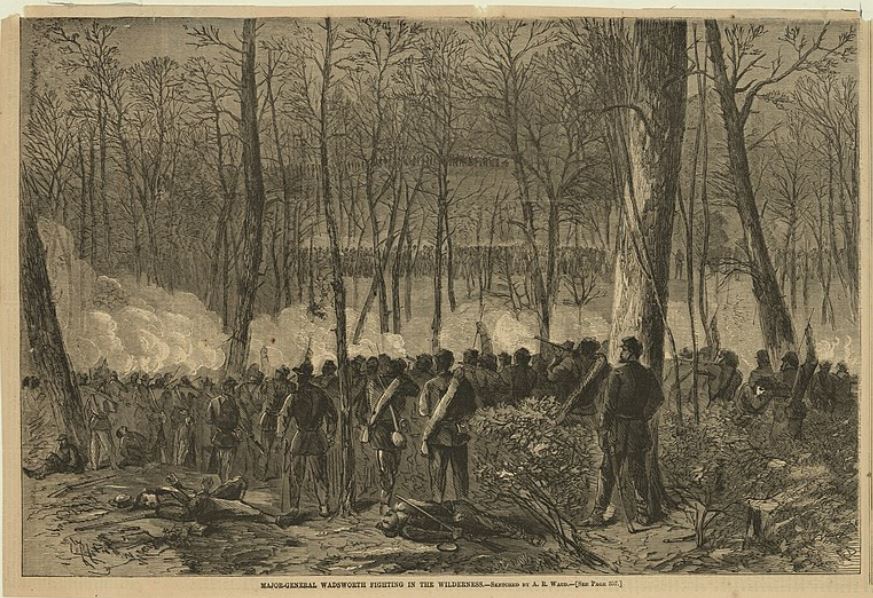
This brutal two-day battle set the tone for the campaign, with both sides sustaining heavy casualties but neither gaining a decisive advantage.
Over the next several weeks, Grant and Lee’s armies engaged in a series of bloody battles, including Spotsylvania Court House, North Anna, and the particularly devastating clash at Cold Harbor.
Despite suffering staggering losses, Lieutenant General Ulysses S. Grant remained resolute in his pursuit of Lee’s army, continuously maneuvering and flanking in an effort to gain a tactical advantage.
The Overland Campaign did not result in an outright military victory for either side. But it proved to be a strategic victory for the Union.
Grant’s relentless pressure and willingness to sustain casualties ultimately forced Lee to retreat and adopt a defensive posture. Lee’s focus turned to protecting the Confederate capital of Richmond and the crucial supply center of Petersburg.
2. What was the objective of the Overland Campaign?
The primary objective of the Overland Campaign for Union commander Ulysses S. Grant was to decisively defeat and destroy the Confederate Army of Northern Virginia led by Robert E. Lee.
Unlike previous Union campaigns that focused on capturing key geographic locations, Grant’s strategy centered on a war of attrition aimed at the enemy’s fighting force itself.
Grant recognized that Lee’s well-led and battle-hardened army was the Confederacy’s most formidable asset. As such, he sought to:
- Position his larger Union army between Lee’s forces and Richmond
- Invite a head-on clash and open battle with Lee’s army
- Engage the Confederates repeatedly, not allowing them to escape or go on the defensive
Grant was willing to accept heavy casualties in order to inflict even greater losses on the Confederates, gradually whittling away the Confederate strength. His goal was to:
- Weaken Lee’s army through constant maneuvering and battle
- Degrade the Confederates’ fighting capability to the point where they could no longer effectively resist
- Facilitate the Union’s eventual advance on Richmond, the capital of the Confederacy
This attritional strategy marked a significant departure from previous Union efforts focused on taking territory. Grant understood that capturing geographic objectives alone would not be enough to defeat the Confederacy. His aim was to target the enemy’s army as the key to victory.
This war of attrition, though costly, was seen as the most direct path to decisively defeating Lee’s army and fatally weakening the Confederacy’s ability to continue the war.
3. What were the major battles of the Overland Campaign?
The major battles of the Overland Campaign were:
Battle of the Wilderness (May 5-7, 1864)
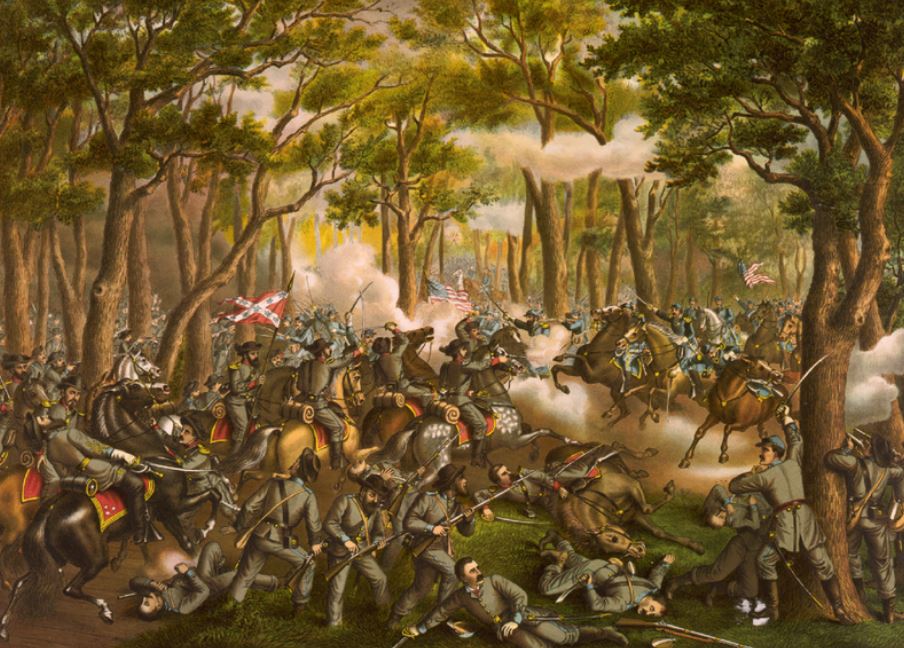
The first major battle, fought in the dense woods of the Wilderness region of Spotsylvania County, Virginia. It resulted in heavy casualties for both sides but no clear tactical victory. Over two days of bloody combat, the Union suffered around 18,000 casualties while the Confederates lost 11,000 men.
Battle of Yellow Tavern (May 11, 1864)
A cavalry battle where Union forces under Philip Sheridan defeated Confederate cavalry led by J.E.B. Stuart, who was mortally wounded.
Battle of Spotsylvania Court House (May 8-21, 1864)
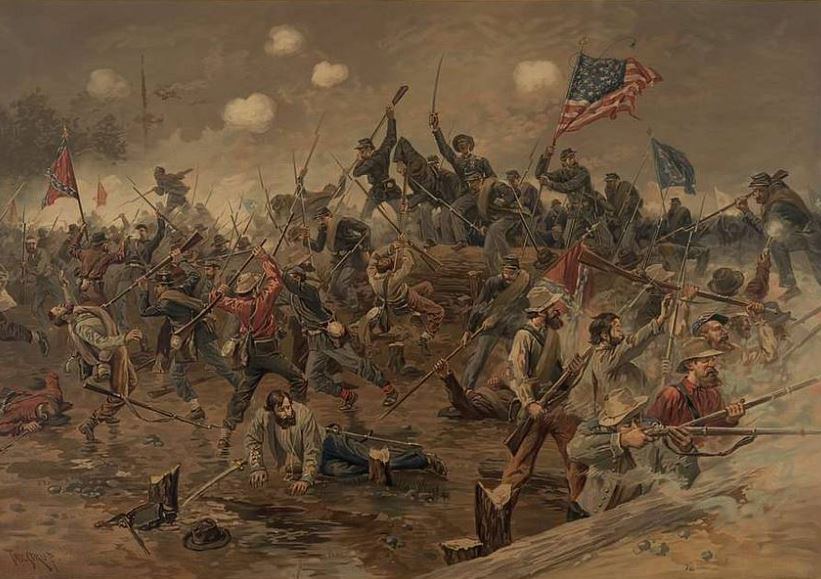
A two-week series of battles where Grant launched numerous bloody assaults against Lee’s entrenched positions, including the horrific hand-to-hand fighting at the “Bloody Angle”. Again, no decisive result. The Union lost 18,000 men whilst the Confederates lost 12,600 men.
Battle of North Anna (May 23-26, 1864)
Lee took up a strong defensive position along the North Anna River, forming an “inverted V” line. Grant initially made progress but failed to dislodge Lee before disengaging.
Battle of Haw’s Shop (May 28, 1864)
A delaying action by Confederate forces to slow Union movement towards Cold Harbor.
Battle of Cold Harbor (May 31 – June 12, 1864)

Grant ordered futile frontal assaults on June 3 against well-entrenched Confederate forces, suffering over 7,000 casualties in under an hour. This bloody battle ended the Overland Campaign.
Battle of Trevilian Station (June 11-12, 1864)
A cavalry battle between Union forces under Sheridan and Confederate cavalry led by Wade Hampton, fought concurrently with Cold Harbor.
4. Who won the Overland Campaign?
The Overland Campaign did not result in a clear-cut military victory for either side, but it can be considered a strategic Union victory.
While the battles were extremely bloody and costly for both armies, Grant’s strategy of relentless offensive pressure and maneuvering ultimately forced Lee to retreat and adopt a defensive posture around Richmond and Petersburg.
Despite suffering over 55,000 casualties, Grant was able to steadily wear down Lee’s forces through constant engagement and attrition. By the end of the campaign, the Confederates had lost around a third of their strength, leaving Lee’s army severely depleted. This set the stage for the eventual siege and surrender of Lee’s army at Appomattox in 1865.
5. What were the casualties in the Overland Campaign?
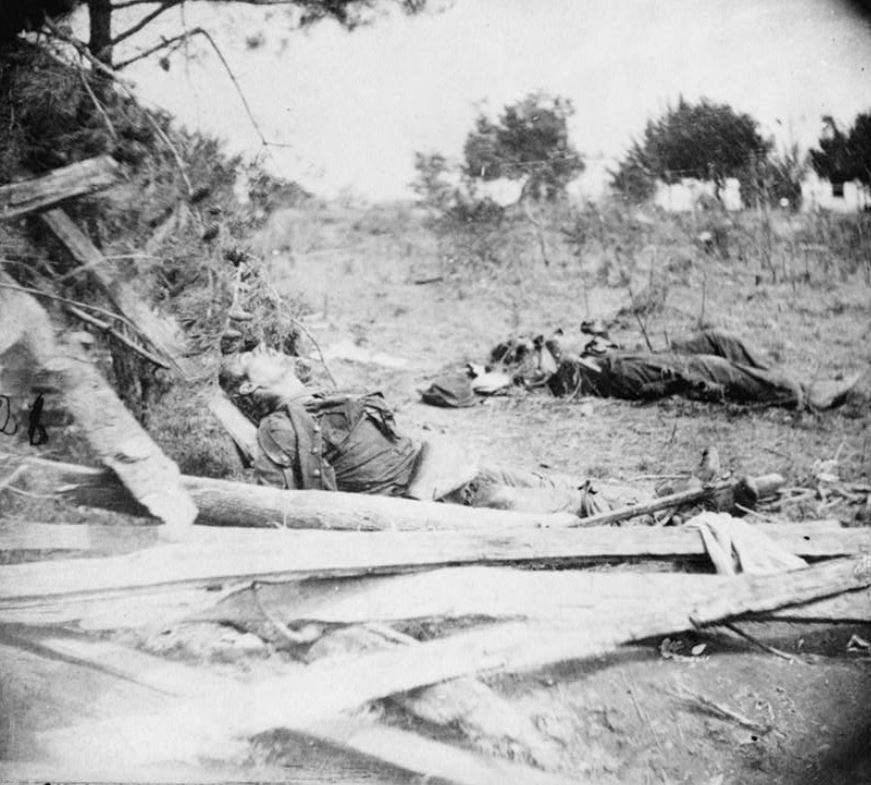
The casualties suffered by both sides during the Overland Campaign were staggering. This campaign witnessed some of the bloodiest battles of the Civil War.
Union Casualties
- Around 55,000 total (killed, wounded, captured/missing)
- Over 18,000 casualties at the Battle of the Wilderness alone
- This included around 7,600 killed
- The V Corps lost over a third of its strength
- 7,000 casualties in just one hour during the disastrous attack at Cold Harbor on June 3
- This included over 3,000 killed or mortally wounded
- Some Union regiments suffered 60-70% casualties
- Nearly 18,000 casualties at Spotsylvania Court House
- The horrific hand-to-hand fighting at the “Bloody Angle” caused immense losses
- Around 4,000 casualties at the Battle of North Anna
The continuous marching and fighting took a severe toll, with many Union soldiers falling ill or being incapacitated by heat exhaustion. Entire divisions were rendered combat ineffective after some battles due to the high number of casualties. Grant’s army paid a tremendous price in blood to sustain the relentless offensive against Lee’s forces during the campaign.
Confederate Casualties
- Estimated between 30,000 – 35,000 total (killed, wounded, captured/missing)
- Around 11,000 at the Battle of the Wilderness
- Over 7,500 of those were from Longstreet’s corps
- Effectively a quarter of Longstreet’s troops were lost
- Over 13,000 casualties at Spotsylvania Court House
- Roughly a third of Lee’s army was lost in this grinding two-week battle
- Around 4,500 casualties at the Battle of Cold Harbor
- Lee’s forces were well-entrenched but still took heavy punishment
- Suffered over 30% losses across the Army of Northern Virginia by campaign’s end
- This represented an irreplaceable drain on the Confederacy’s limited manpower
- Key officers killed included Lt. Gen. James Longstreet (wounded) and Gen. John M. Jones
While outnumbered, Lee’s seasoned Confederate forces put up stoic resistance, exacting a heavy toll through well-constructed earthworks and tenacious defense. However, the constant battering from Grant’s larger forces severely depleted the ranks of the Army of Northern Virginia during the campaign.
The Confederates could ill afford such losses to their veteran soldiers and leadership. This attrition set the stage for the eventual envelopment of Petersburg and Richmond later in 1864-65.
6. Why was the Overland Campaign significant?
The Overland Campaign was highly significant for several reasons:
First, it marked a major shift in Union strategy under Grant’s leadership. He now focused his efforts on the destruction of Lee’s Army of Northern Virginia through a relentless war of attrition.
Second, the campaign represented the first time the armies of Grant and Lee were pitted against each other in an extended series of bloody battles and maneuvering. Despite neither side achieving an outright victory, the campaign:
- Forced Lee to abandon the strategic initiative
- Compelled him to assume a defensive posture around Richmond and Petersburg
- Inflicted severe losses on the Confederates that they could not easily replace
Third, the Overland Campaign set the stage for the eventual siege and surrender of Lee’s army in 1865 at Appomattox. By wearing down the Army of Northern Virginia, Grant was able to:
- Capture the strategic railroad hub of Petersburg
- Surround and isolate Richmond
- Cut off supply lines and avenues of retreat for Lee’s forces
While immensely costly in terms of casualties, the campaign represented a significant strategic victory for the Union that paved the way for the eventual conquest of the Confederate capital and capitulation of its main field army.
7. How long did the Overland Campaign last?
The Overland Campaign lasted approximately 40 days, from May 4, 1864 to June 24, 1864.
Specifically:
- It began on May 4, 1864 when Grant’s Union Army of the Potomac crossed the Rapidan River into the Wilderness region of Virginia, initiating combat with Lee’s Army of Northern Virginia.
- The series of major battles lasted until June 12, 1864 when the Battle of Cold Harbor ended.
- After Cold Harbor, Grant disengaged and stealthily moved his forces to cross the James River between June 12-16.
- This maneuver allowed him to threaten Petersburg and Richmond from the south, leading to the start of the siege of Petersburg on June 15.
- So while the main Overland battles ended on June 12, the campaign is typically considered to have concluded around June 24 once Grant’s forces were in place threatening Petersburg and Richmond.
8. What was Grant’s strategy in the Overland Campaign?
Grant’s strategy during the Overland Campaign represented a significant departure from previous Union efforts and can be summarized as follows:
First, Grant sought to interpose his larger Army of the Potomac between Lee’s forces and Richmond, inviting a head-on clash with the Army of Northern Virginia. His aim was to engage Lee’s army in an open battlefield encounter rather than getting bogged down in siege operations against fixed fortifications.
Once battle was joined, Grant pursued a strategy of relentless offensive pressure and maneuvering against the Confederates. His approach consisted of:
- Continuous marching and flanking movements to turn Lee’s defensive lines
- Launching numerous frontal assaults to break through the Confederate positions
- Accepting heavy casualties in order to inflict even greater losses on Lee’s army
Grant was willing to sustain these losses through a war of attrition. Even when his attacks were repulsed with heavy Union casualties, such as at the Wilderness, Spotsylvania, and Cold Harbor, Grant would disengage, maneuver, and continue his offensives against Lee’s new defensive lines. This relentless pursuit prevented Lee from going on the offensive.
By continually marching, attacking, and bleeding Lee’s army through this attritional strategy, Grant aimed to gradually deplete and weaken the Confederates to the point where they could no longer effectively resist the Union’s eventual advance on Richmond.
9. How did the Overland Campaign end?
The Overland Campaign effectively ended after the Battle of Cold Harbor from May 31 to June 12, 1864.
After his costly frontal assaults against Lee’s entrenched positions at Cold Harbor resulted in over 7,000 Union casualties in just one hour on June 3rd, Grant realized he could not break through the Confederate lines through further direct attacks.
Rather than renew his bloody efforts, Grant disengaged from Lee’s army on June 12th and stealthily redeployed his forces to the south. Over the next few days, he carried out an audacious maneuver to march the Army of the Potomac across the James River.
By June 16th, the Union army had taken up positions threatening the city of Petersburg, a key railroad hub supplying the Confederate capital of Richmond just 20 miles away.
This maneuver forced Lee to abandon his positions at Cold Harbor and rush his battered army to protect Petersburg and the supply lines into Richmond.
So while Grant failed to decisively defeat Lee’s forces through the Overland battles, his relentless pressure and skillful redeployment set the stage for enveloping and strangling the Confederate capital, paving the way for final victory.
10. Why was the Overland Campaign called the “Wilderness Campaign”?
The Overland Campaign was nicknamed the “Wilderness Campaign” because the first major battle took place in the dense woods and underbrush of the Wilderness region of Spotsylvania County, Virginia.
On May 5-7, 1864, Grant’s Union Army of the Potomac clashed with Lee’s Army of Northern Virginia in the tangled forest and rough terrain known as the Wilderness.
This two-day engagement, which saw high casualties but no clear victory for either side, set the bloody tone for the weeks of combat that followed across Virginia. The Wilderness Battle’s symbolic significance as the campaign’s opening fight lent the entire operation its famous nickname.
Further Reading
If you enjoyed this article, you may be interested to read more about the American Civil War events, such as battles in Virginia, Maryland and North Carolina or more general American history.

